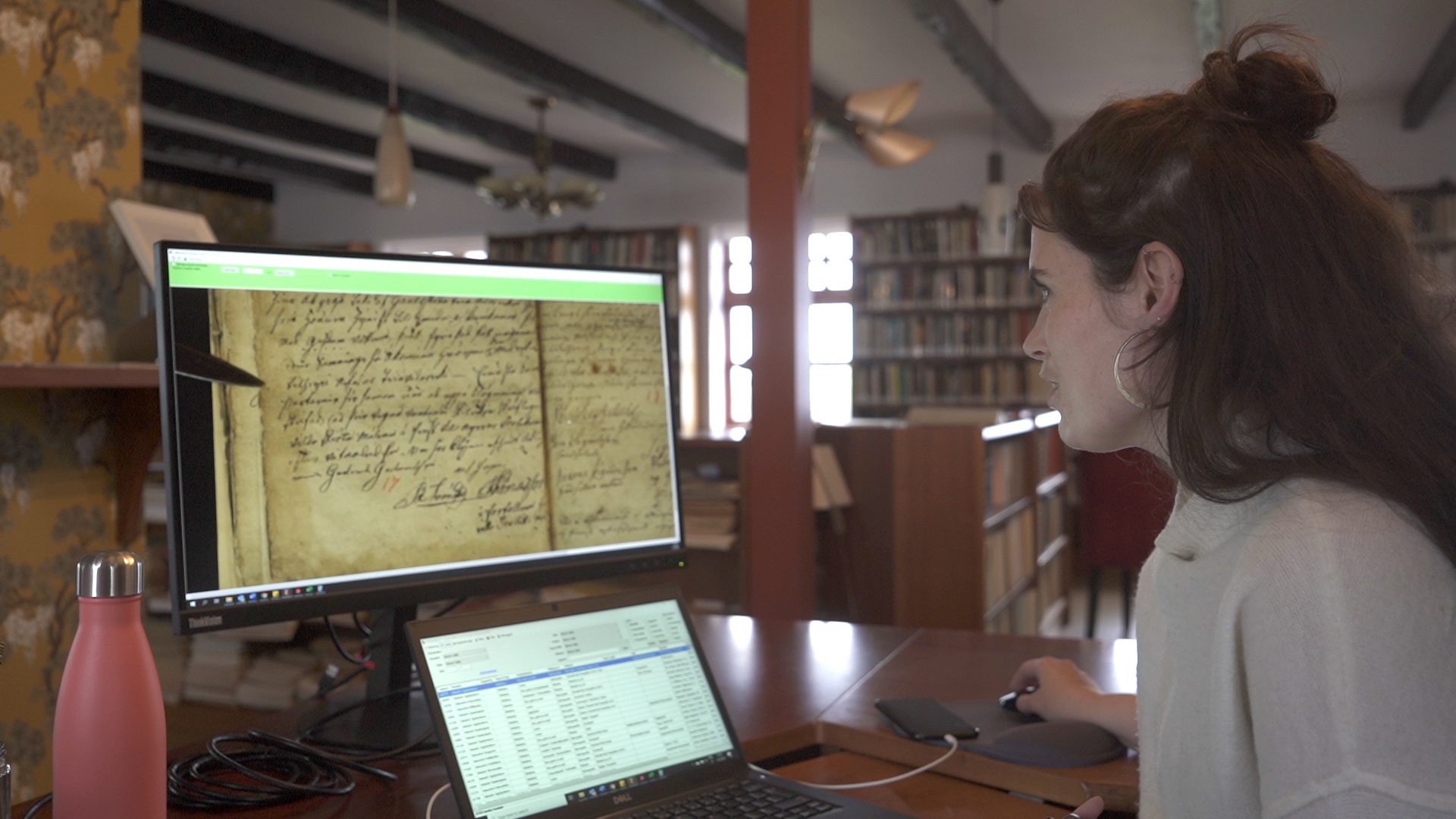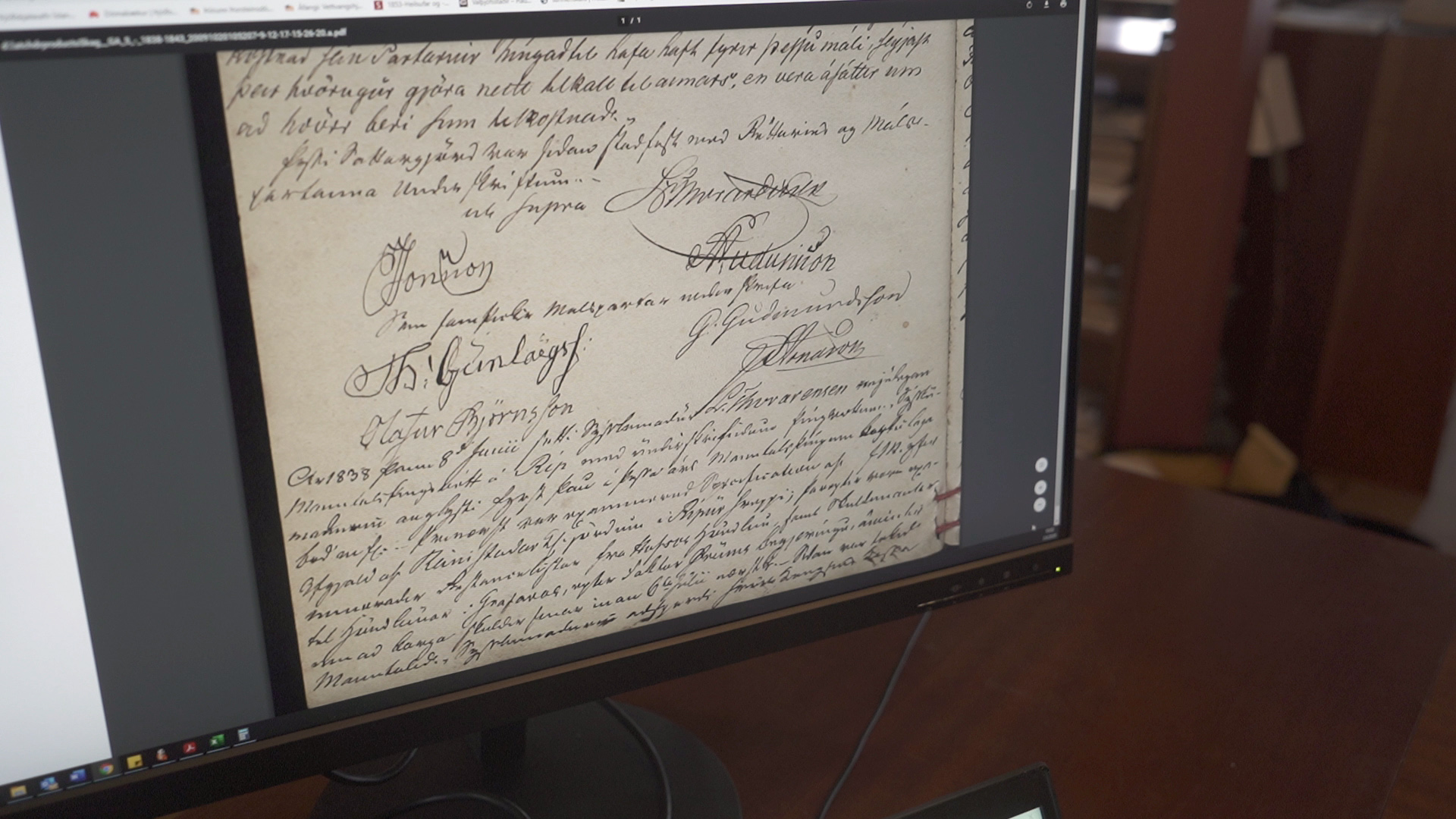How exactly do arbitration committees work?
Arbitration committees were created in 1798 and usually consisted of a local administrative official and the priest. They would come together to deal with petty issues within the local community. People could solve their issues there instead of taking them to court. Court was expensive, more time consuming and you would have to travel further. Arbitration committees were seen as a way to make it easier for people to deal with their issues on a local level. Laws changed in 1936 and after that the committees were used much less and were finally kind of put off in the 1980ies.
Could you tell us more about some of the driftwood cases you read about?
The driftwood cases I’ve been documenting are usually about the ownership of a piece of driftwood or the ownership of driftwood rights at a particular part of the beach. Often these cases are about someone who has taken driftwood from a part of land that someone else considers to be theirs. As the church used to own certain shares of driftwood, these fights sometimes also include church officials.

Could you describe one case that you found special?
One particular case that I find interesting came before the arbitration committee in 1838. A tenant farmer charged the owner of the land for taking half the driftwood although the owner had promised him all of the driftwood that washed ashore. But the land owner claimed that the tenant had broken parts of their agreement and as a sort of punishment he took half of the driftwood and wanted to terminate the tenancy agreement. They had only made a written draft of the agreement but didn’t sign it – that was part of the reason why this case became so big. It led to two arbitration committee hearings, one where the tenant charged the landowner and another one where the landowner charged the tenant. Three witnesses were questioned before the court of the land about the tenancy agreement and which person would have the driftwood rights. They came to an agreement and split the driftwood – the tenant received 4/10, the land owner 6/10. Originally the land owner had forbidden the tenant to build anything from the driftwood he found on his land, but according to the new agreement the tenant was allowed to keep 2/10 of things he had already illegally build from the driftwood.

As driftwood used to be a very important resource and your research is focused on working class people in Iceland, would you say this case could also be seen as a sort of class struggle?
I wouldn’t say that there has ever been a very distinct class structure in Iceland, there were for sure people who were better off and people who weren’t but they all belonged to the same local communities. But it’s interesting to look at the case from this perspective as the land owner had originally promised his tenant all of the driftwood and then went back on that promise because something else between them hadn’t gone right. So it’s also a dispute between someone who has more power and someone who has less power and the question if the person with less power is being granted his rights. And the arbitration committees tended to protect the rights of those who couldn’t afford taking their cases to court.

Þórunn Þorsteinsdóttir
Þórunn Þorsteinsdóttir is the project manager at the University of Iceland’s Research Centre in North West Iceland, Skagaströnd.